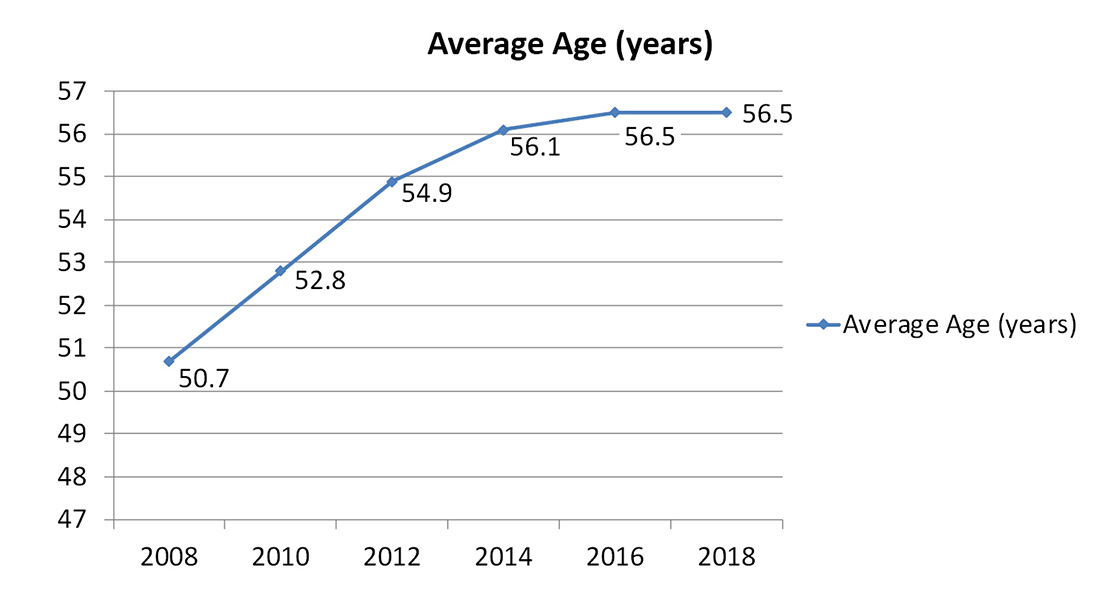Meredith L. Grogan Moore, BS; Prakash Jayakumar, MBBS, DPhil; Karl Koenig, MD, MS
The utilization of patient-reported outcome measures (PROMs) has been driven by a growing interest in understanding patients’ perceptions of their physical and psychosocial health and outcomes of treatment. Although most agree with this general direction, the institutional uptake of PROMs at the point of care is highly variable, with a range of logistical, cultural, and clinical barriers to adoption.
Miho J. Tanaka, MD
When performing outpatient procedures, many orthopaedic surgeons operate in either an ambulatory surgery center (ASC) or a hospital-based outpatient department (HOPD). Although some of the workflows and services offered may appear similar between the two, the background operations are substantially different from business and regulatory perspectives.

Cheryl Toth, MBA
Orthopaedic surgeons often perform procedures for which no specific Current Procedural Terminology (CPT) exists. For example, hip surgeons often are frustrated that there are no codes for periacetabular osteotomy (PAO) or labral reconstruction.

John Cherf, MD, MPH, MBA
The Orthopaedic Practice in the United States (OPUS) Survey, also known as the orthopaedic Census Survey, gathers demographics and practice data on U.S. orthopaedic surgeons. This article features changes that have occurred in the orthopaedic workforce over a 10-year period between 2008 and 2018.
Some AAOS Now articles are available only to AAOS members. Please log in to access this article.
Not a member? Become a member.